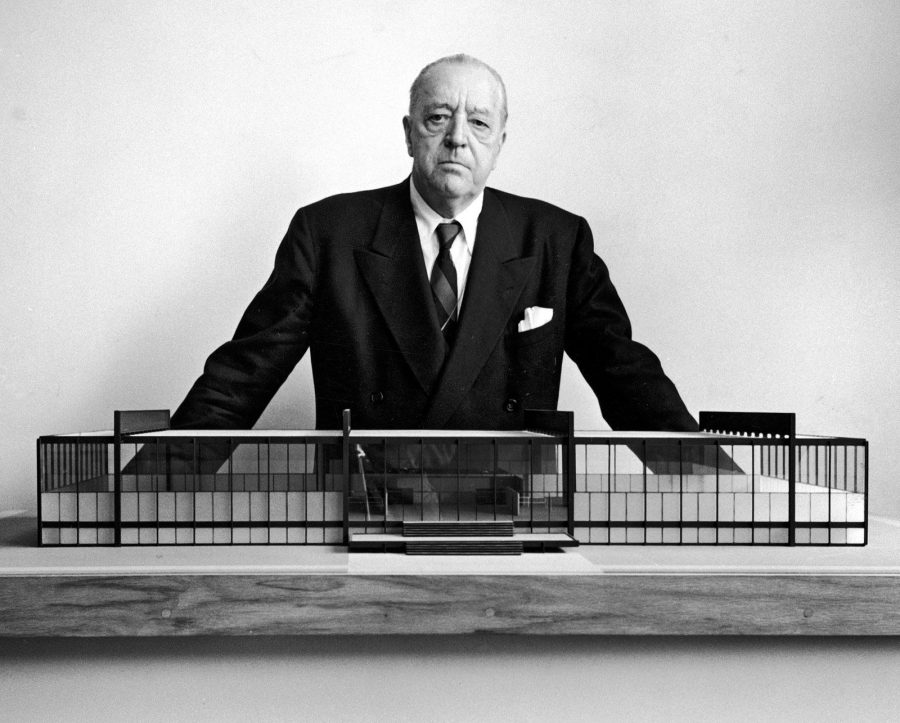
In the aftermath of the Nazi Party’s rise to power in the 1930s, many of Germany’s most talented artists, musicians and designers fled to other countries for the sake of their work and lives. The United States welcomed many of these luminaries; among them was architect and designer Ludwig Mies van der Rohe, who immigrated to Chicago in response to the Nazi party’s denouncement of modernist design as “un-German.”
Beginnings
Van Der Rohe was born in Aachen, Germany, in 1886. He worked in his father’s stonemasonry business and apprenticed for both furniture designers and architects and received his first commission at age 20 for a residential project. He went on to work for Peter Behrens, the teacher of Le Corbusier, and eventually set up his own office.
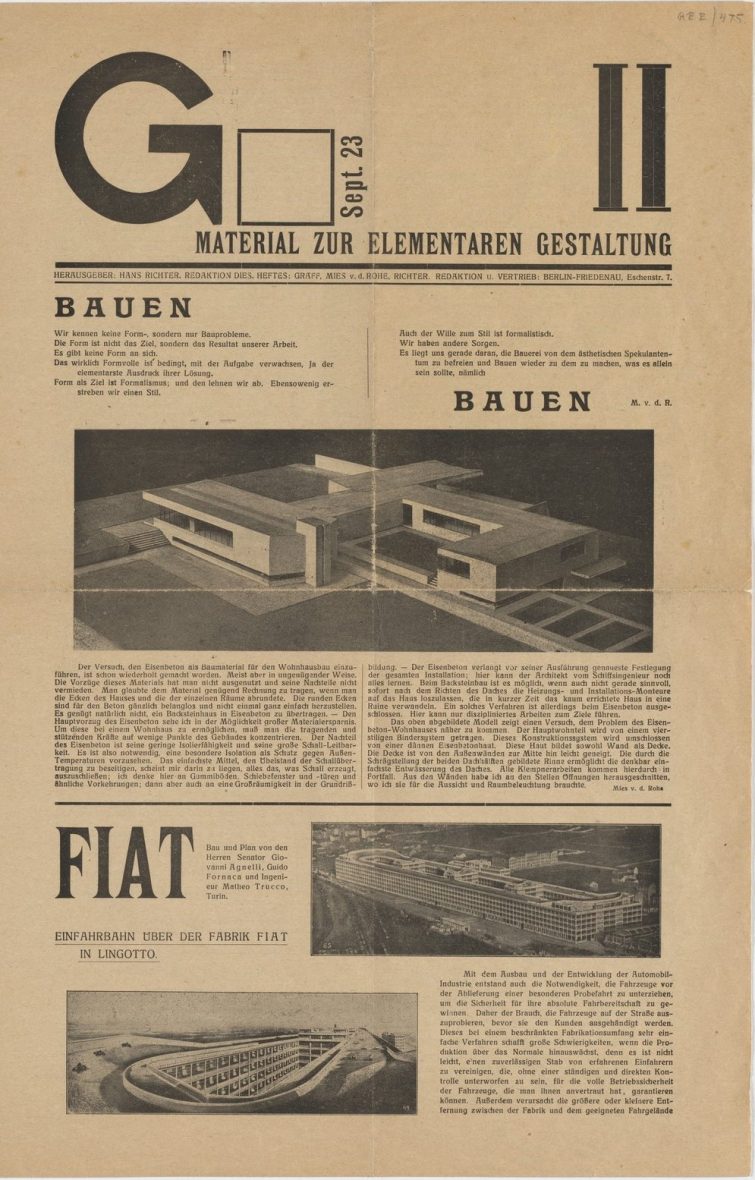
World War I temporarily put Van Der Rohe’s career on hold. Mies served in the German army, building roads and bridges. Following the war’s end, his career boomed. In addition to his design work, he helped create G: Material zur Elementaren Gestaltung (G: Materials for Elemental Form Creation), a magazine that prominently featured collage and drawing. He also served as director of the famed Bauhaus School of Design, but shuttered it due to pressure from the Nazi party.
In 1938, Mies headed to Chicago and became director of architecture at the Armour Institute (later the Illinois Institute of Technology). It was here that he met Florence Knoll, whom he mentored. Years later, Knoll would have exclusive rights to produce Mies’ furniture designs, including the Barcelona collection and Brno chair.
Architecture
While at the Institute, Mies was tasked with expanding its campus and its growth from 7 to 120 acres. One of the buildings he designed for the Institute was the famous S.R. Crown Hall, a stunning 120 x 200 x 18-ft glass and steel structure completed in 1956. It was later named a National Historic Landmark in 2001.

This glass-and-steel design took cues from the Farnsworth House in Plano, Illinois, completed in 1950. Now part of the National Trust for Historic Preservation, the one-room weekend retreat features a concrete slab roof and floor, glass façade and steel skeleton. The openness of the building and its glass exterior virtually erases the boundary between inside and outside.
Mies also took his designs to the sky by creating influential skyscrapers for commercial and residential use. In New York City, the Seagram Building is a study in sleek modernism and International Style. Completed in 1958, the building features a starkly beautiful bronze and glass façade, while its interior, with glass, travertine and marble, creates a feeling of understated elegance.
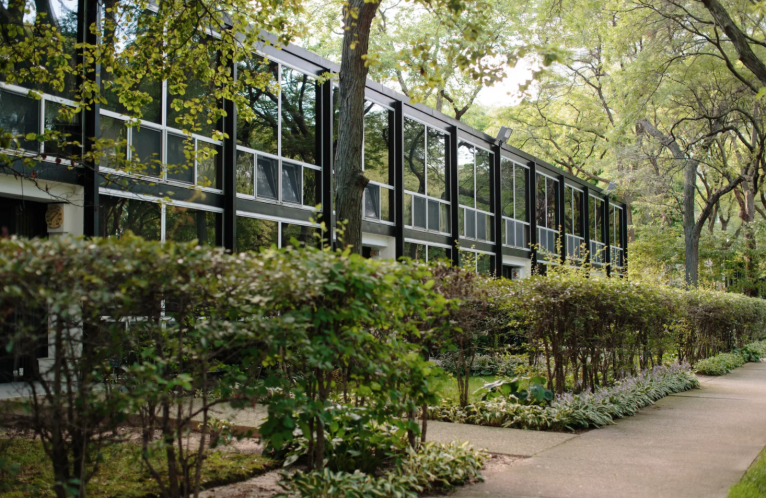
An impressive residential structure is Mies’ Lafayette Park, a residential development in Detroit consisting of townhouses (completed in 1960) and apartment towers (completed in 1963). Listed on the National Register of Historic Places, the 46-acre community is now known as the Mies van der Rohe Historic District and is still used for housing. Units in this community do come on the market from time to time.
Furniture
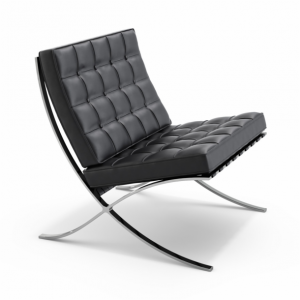
Mies’ achievements didn’t stop at architecture though—he also designed notable contributions to the furniture world. Along with designer Lilly Reich, the two designed the famous Barcelona Chair for the German Pavillion at the 1929 International Exposition in Barcelona. Sleek and minimal, the chair was intended as a ‘modern throne’ for the King and Queen of Spain, who would be visiting the Pavillion.
Mies later designed the Barcelona Couch, which was equally minimalist as its simple form drew emphasis to the long lines of the sofa. It was designed for architect Phillip Johnson, and the couch gained notoriety once it was placed in Johnson’s infamous Glass House.
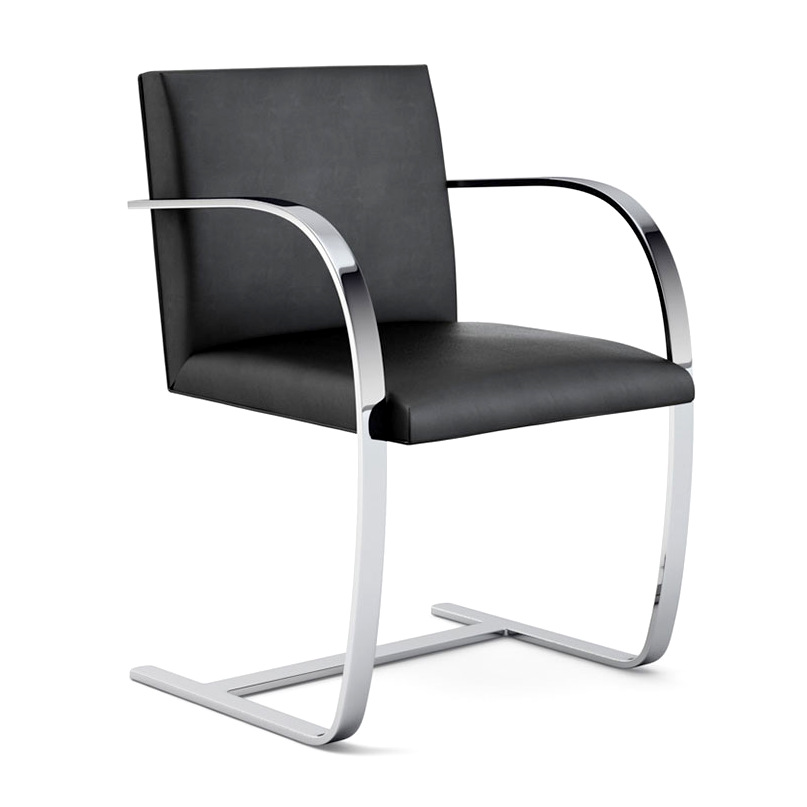
And of course, there was the iconic Brno (pronounced burn-o) Chair. Designed in 1930 for Van Der Rohe’s and Reich’s Villa Tugendhat in Brno, Czechia, the cantilevered chair was praised for its understated profile and clean lines.
The designer stepped down from his post at the Illinois Institute of Technology in 1958 and later retired. Following his retirement, he was the recipient of numerous awards, including the Presidential Medal of Freedom in 1963. Mies died in 1968 and his memorial service was held at Crown Hall. His legacy is supported by the Mies van der Rohe Society at the Institute.
Want to learn more about the influence of International Style? Read about the structures and designs that helped define US mid mod here!
And of course, don’t forget to follow us on Instagram, Facebook and Pinterest for more Atomic Ranch articles and ideas!

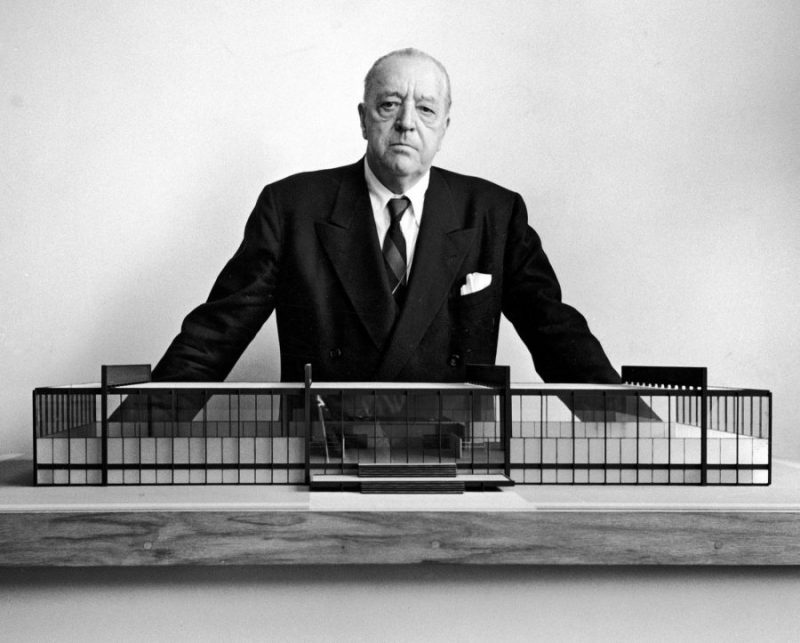












1 comment